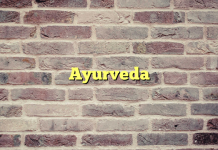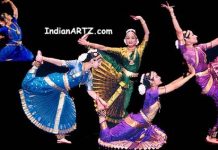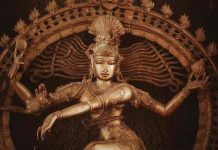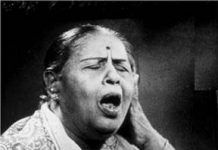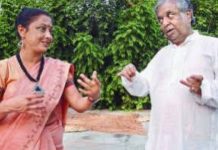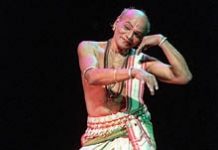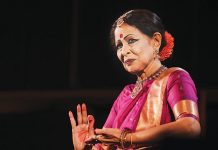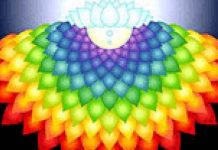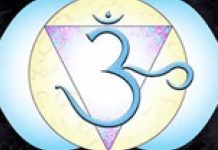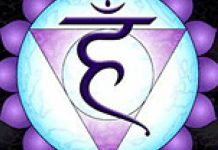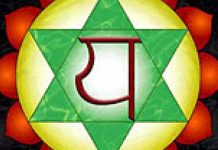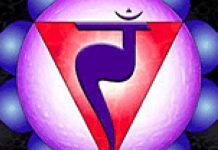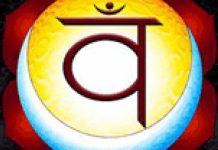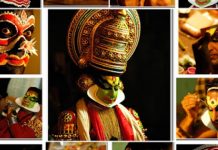Yoga Poses.
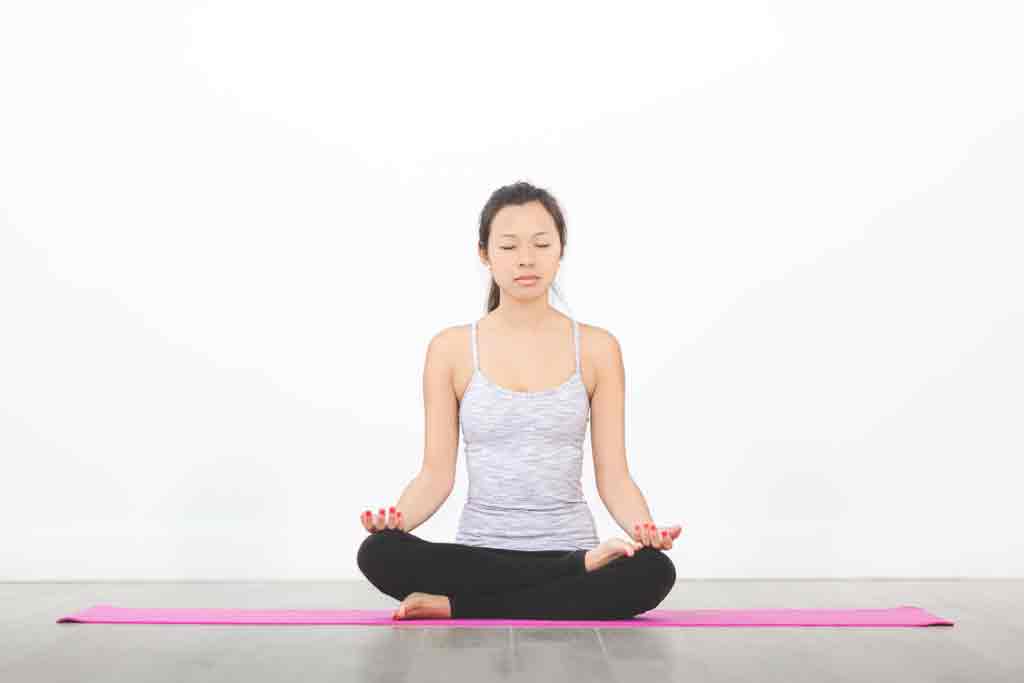
Yoga Exercises > Yoga Asanas or Poses
Yoga Asanas or postures are body positions, typically associated with the practice of Yoga. They are intended primarily to restore and maintain a practitioner’s well-being, improve the body’s flexibility and vitality.
Akarshana Dhanurasana – Pulled Bow Pose
“Akarshana” means “pulling” and “Dhanus” means “bow” in Sanskrit. In this posture, the big toes are pulled up to the ear (alternately) as an archer pulls back the string of his bow and gets ready to shoot an arrow.
Anantasana
This is a pose named after the sleeping position of Lord Vishnu.
Ardha Halasana – The Half-Plough Pose
“Ardha” means ‘half’ and ‘Hala’ means ‘plough’ in.
Ardha Matsyendrasana – The Half-Spinal Twist
“Ardha” means “half” in Sanskrit. Since the full posture is difficult to be practiced, the half-posture, which is easier, is followed widely. This posture was first promoted by the great Yogi Matsyendranath, one of the founders of Hatha Yoga, and hence the name.
Ardha Padmasana – Half-Lotus Pose
“Ardha” means “half” and “Padma” means “lotus” in Sanskrit. Those who are unable to assume the full Padmasana posture using both legs as described above owing to the stiffness of their legs or bulky thighs may begin practicing with one leg at a time alternately until they are able to develop the full posture. With the practice of this asana daily, they will be able to take that posture for a long time without discomfort and switch on to the full Padmasana posture after sufficient practice.
Ardha Shalabhasana – Half-Locust Pose
“Shalabha” means “locust” in Sanskrit. The final position of this asana resembles a locust when it lowers its head to eat and raises its tail. Hence, the name. ‘Ardha’ means ‘half’ in Sanskrit.
Baddha Konasana
“Baddha” means “locked-up” and “kona” means “angle” in Sanskrit.
Baddha Padmasana – The Locked Lotus Pose
“Baddha” means “bound’ or “locked-up” in Sanskrit. The limbs of the body (both arms and legs) are firmly ‘locked-up’ and immobilized in this posture so as to give it steadiness. In this posture, the big toes are grasped by the fingers with arms crossed from behind.
Bhadrasana – The Locked Lotus Pose
“Bhadra” means ‘beneficial’ in Sanskrit.
Bhujangasana – Cobra Pose
“Bhujanga” means “cobra” in Sanskrit. This asana is called “Bhujangasana” as the raised trunk, neck and head while practicing it resemble a cobra rearing its hood and about to strike, while the joined and stretched legs resemble its tail.
Chakrasana – Wheel Pose (Standing)
“Chakra” means “wheel” in Sanskrit.
Chakrasana – Wheel Pose (Supine)
“Chakra” means “wheel” in Sanskrit. In the final position of this asana, the body is arched backward and resembles the rim of a wheel. Hence the name.
Dandasana – Stick Pose
“Danda” means “stick” in Sanskrit.
Dhanurasana – Bow Pose
“Dhanus” means “bow” in Sanskrit. In the final position of this asana, the body takes the shape of a bow, drawn tight to shoot an arrow. The stretched arms and lower legs resemble the taut bowstring, while the trunk and thighs resemble the wooden part of the bow.
Gomukhasana – Cow-Face Pose
“Go” means “cow” and “Mukha” means “face” in Sanskrit. When this asana is performed, the final position of the legs resembles the face of a cow.
Halasana – Plough Pose
“Hala” means “Plough” in Sanskrit. This posture is called ‘Halasana’ because in the final position the body resembles the Indian plough.
Januhastasana – Hand-to-Knee Pose
“Janu” means “knee” and “hasta” means “hand” in Sanskrit. The hand is made to rest near the knee in this posture, hence the name.
Janusirasana – Head-to-Knee Pose
“Janu” means “knee” and “Siras” means “head” in Sanskrit. The head is made to rest on the knee in this posture, hence the name.
Makarasana – Crocodile Pose
“Makar” means “crocodile” in Sanskrit.
Mandukasana – Frog Pose
“Manduk” means “frog” in Sanskrit. The arrangement of the legs in this posture resembles the hind legs of a frog. Hence the name.
Matsyasana – Fish Pose
“Matsya” means “fish” in Sanskrit. If a person lies steadily on water in this posture, he can keep floating on it easily like a fish without the help of the hands and legs, as the name of the asana suggests.
Naukasana – Boat Pose
“Nauka” means “boat” in Sanskrit. The final position of this asana resembles a boat. Hence the name.
Oordhwa Pada Hastasana – Hand-to-Raised-Feet Pose
“Oordhwa” means “raised”, “Pada” means “foot” and “Hasta” means “hand” in Sanskrit. You have to touch your raised feet with your hands in this posture.
Padahastasana – Hand-to-Feet Pose
“Pada” means “foot” and “Hasta” means “hand” in Sanskrit. You have to catch your big toes with your hands in this posture.
Padmasana – Lotus Pose
“Padma” means “lotus” in Sanskrit. “Padmasana” means sitting in the “Lotus Pose”. This posture is called Padmasana because the arrangement of the hands and feet resemble a lotus when seen from a distance. The two feet placed upon the opposite thigh resemble the leaves while the two hands placed one over the other resembles the lotus in full bloom.
Parvatasana – Mountain Pose
“Parvata” means “mountain” in Sanskrit. As the arms are raised high and the fingers are joined together above the head in this posture, the body res
embles mountain peak and hence the name.
Paschimotanasana – Posterior Stretch
“Paschima” means ‘behind’, ‘back’ or ‘posterior’ and ‘Uttana’ means to stretch out in Sanskrit. “Paschimotana” means stretching the posterior regions of the body.
Pavanamuktasana – Wind-releasing Pose
“Pavana” means “wind” and “Mukta” means release in Sanskrit. As the name suggests, this asana massages the digestive organs and gives relief from excess wind in the stomach and intestines.
Purna Titali Asana – Full Butterfly Pose
“Titali” means “butterfly” in Sanskrit.
Samasana – Equilibrium Pose
In Sanskrit “sama” means “equilibrium”. In this asana the external organs of the body are kept in such a way that they stand divided into two, hence the name Samasana.
Sarvangasana – All-Parts Pose
“Shalabha” means “locust” in Sanskrit. The final position of this asana resembles a locust when it lowers its head to eat and raises its tail. Hence, the name.
Sasankasana – Hare Pose
“Sasanka” means “hare” in Sanskrit. The final position of this asana resembles a bounding hare.
Savasana – Corpse Pose
“Sava” means “dead body” in Sanskrit. To practice this asana, one should lie motionless on the floor like as dead body in order to secure complete relaxation of all parts of his body and remove tensions, both physical and mental.
Shalabhasana – Locust Pose
“Shalabha” means “locust” in Sanskrit. The final position of this asana resembles a locust when it lowers its head to eat and raises its tail. Hence, the name.
Siddhasana – Pose of an Adept
“Siddha” means a spiritually enlightened person in Sanskrit.
Sirshasana – Head stand
“Sirsha” means “head” in Sanskrit. It is required to “stand on his head” in this asana and hence the name.
Sukhasana – Comfortable Pose
“Sukha” means “pleasant” or “comfortable” in Sanskrit. Any cross-legged sitting position which you find comfortable, in which the body does not shake and in which you can remain at ease for a long time, is called Sukhasana.
Top
Supta Udarakarshanasana – Lying Abdominal Twist
This pose involves abdominal twisting.
Supta Vajrasana – Reclining Vajrasana
“Supta” means “asleep” in Sanskrit. “Supta Vajrasana” is lying down supine in Vajrasana.
Talasana – Palm-tree Pose
“Tala” means “palm tree” in Sanskrit. In this posture, the body is held upright like the trunk of a palm tree. Hence the name.
Trikonasana – Triangle Pose
“Tri” means “three”, “Kona” means “angle”, and “Trikona” means “triangle” in Sanskrit The straight legs with the floor between the feet resemble the three sides of a triangle in this asana. Hence the name.
Urdhvamukha Svanasana – Upward-facing dog pose
This pose is also called Downward Dog or Downward-Facing Dog.
Ushtrasana – Camel Pose
“Ushtra” means “camel” in Sanskrit.
Utkatasana – Half-Squat Pose
“Ut” means ‘raised’ and “kata’ means “hips” in Sanskrit. This posture is known as “Utkatasana” because while practicing it, the heels and hips are raised.
Uttanapadasana – Raised-leg Pose
In this asana both the legs are raised upwards and so is called ‘dwipada’ (both legs) uttanpadasana.
Vajrasana – Adamant Pose
“Vajra” means “adamant” in Sanskrit. Sitting in this asana will provide firmness or stability to the sitter like that of an adamant person. Hence the name.
Vakrasana – Twisted Pose
“Vakra” means “twisted”. This asana is designed to twist the spine to the right and left side in from its erect position.
Veerasana – Warrior Pose
“Veera” in Sanskrit means “brave”. The way a brave man takes his position while attacking his enemy, the similar position is formed in this asana. Hence it is called as “Veerasana”, the pose of a Warrior.
Viparita Karani – Inverted Pose
“Viparita” means “inverted” and “Karani” means “action” in Sanskrit. The usual posture of the body is inverted in this practice.
Vrikshasana – Tree Pose
“Vriksha” means “tree” in Sanskrit. In the final position of this asana, you have to stand still like a tree.

![PANCHAKARMA [ Detoxification ] PANCHAKARMA [ Detoxification ]](https://indianartz.com/blog/wp-content/uploads/2017/07/PANCHAKARMA--Detoxification--218x150.png)
